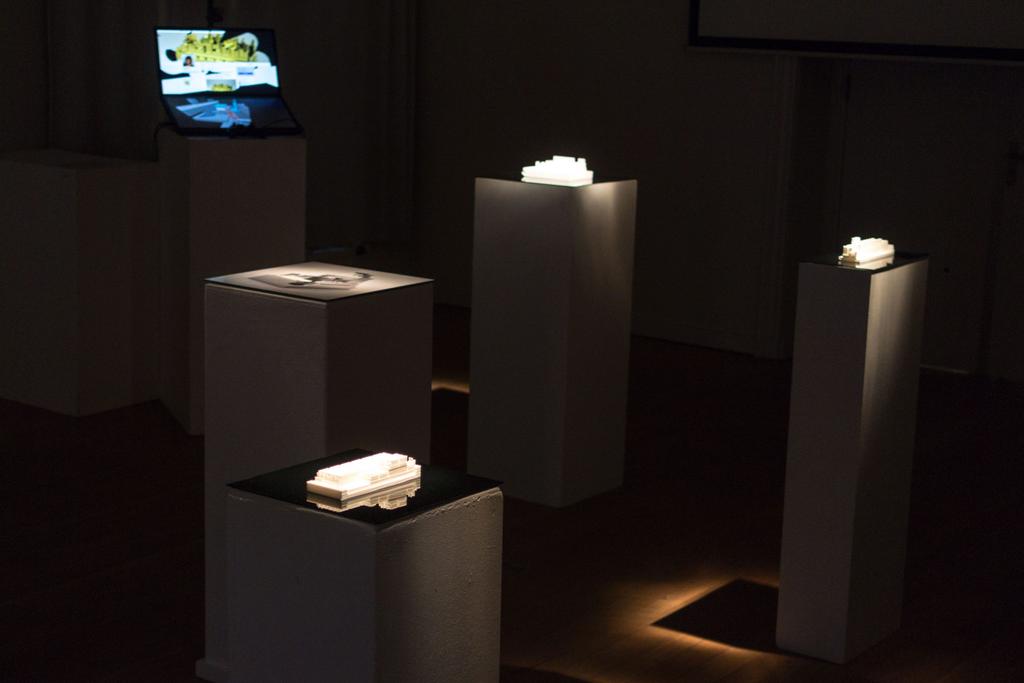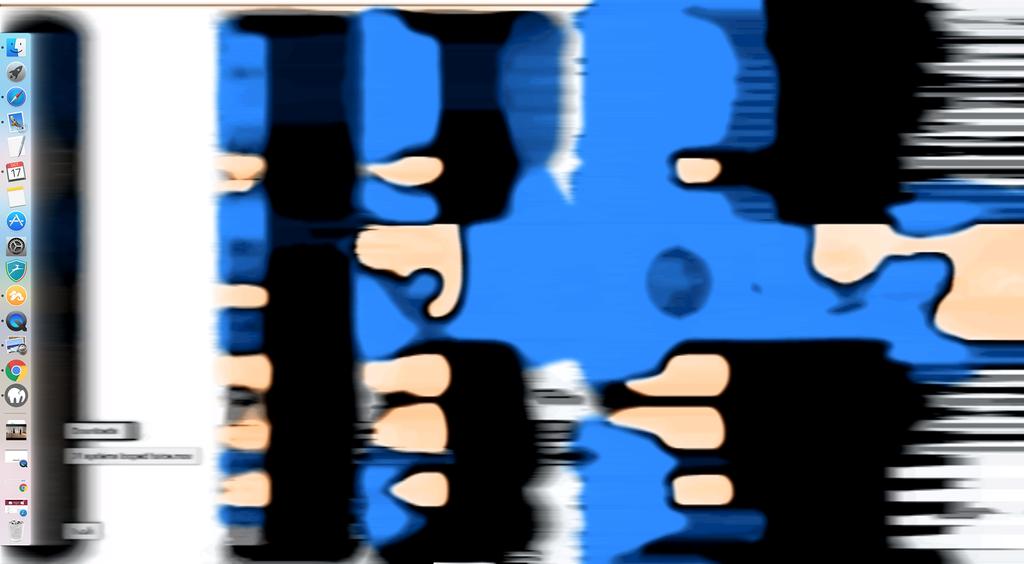
Panarchy and Feedback Loops
I’ve been commissioned to do an artistic exploration of Panarchy. What’s panarchy? What did I make? Why me? I’ll answer these questions in this post and show the results of this project!
Over a year ago, I accidentally created a feedback loop when I was messing around with screen sharing software. I recorded the full screen of the computer, and showed this recording again in full screen on the same computer. I applied the result, a visual feedback loop, as part of a reflection session during my master studies. In some of the video’s in this post you can see images of my web spaces fading away, turning green, mutating and glitching. And because at Ars Electronica my work was presented alongside a really cool work of Mischa Daams, I still had feedback loops in the back of my mind. When asked to explore the theme of panarchy, this is the technique I’ve chosen to work with.
Panarchy
Panarchy is the paradigm of multiple interconnected parallel and nested complex adaptive systems on different spatial and temporal scales.
A complex adaptive system is you, your family, your community, your network, your environment and us living in the Anthropocene, the man-made era. Panarchy is about how we can take influence and cause effects on different spatial and temporal scales, for the good and the bad.
Panarchy is about change, panarchy is how a small event can have large unpredicted effects. Panarchy is to expect the unexpected and improvise upon that.
Rob van Haren

Panarchy & Me
Initially I didn’t quite understand why I was asked to explore panarchy. But then I started to realise, I’ve been putting it into practice for quite a while! I’ve been creating complex systems, connecting computer systems with individual humans, on a large scale and this has been leading to unexpected outcomes. For me and the people involved. For example with Rapping.Reviews I made a computer system that compiles rap battles from online movie reviews. The first unexpected outcomes are the 13.000 rap battle music video’s. But the ball really started to roll when I began to email 10.000 authors of these movie reviews, to tell them that they’ve been quoted in a rap battle. When I knew how to relate myself to panarchy, I immediately had two plans I wanted to work out. The second plan is another complex dynamic system involving randomness, computers, email and real humans. But this plan is saved for another time. The first one is discussed below.
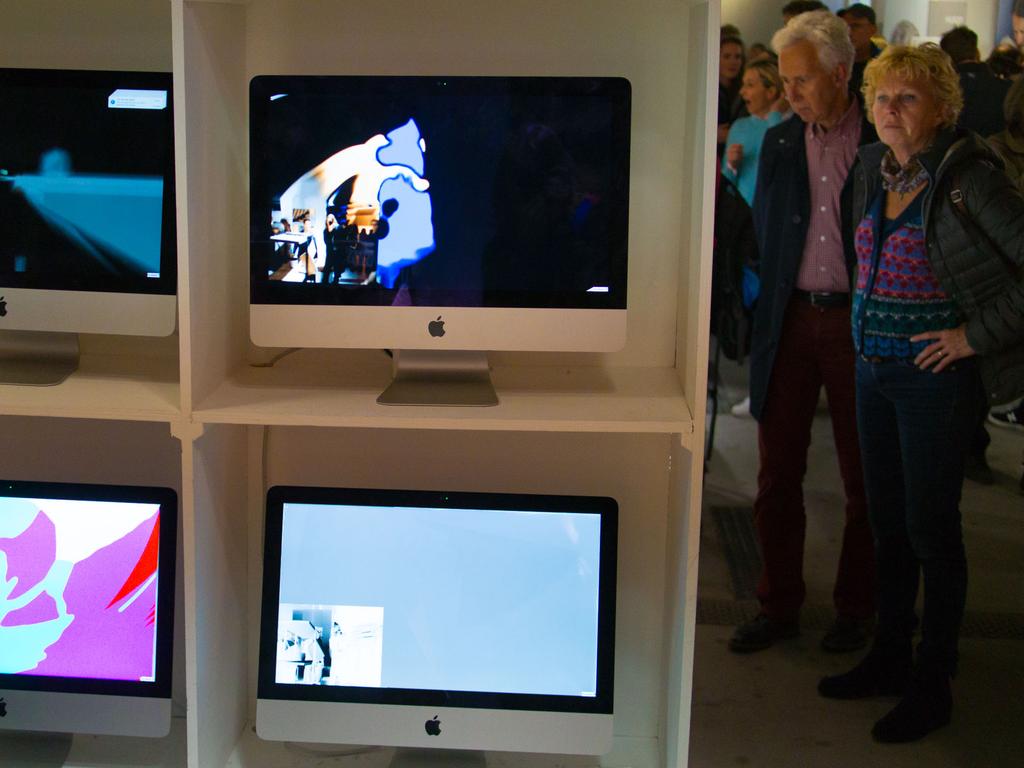
24 Mutating Feedback Loops inside a Web Browser
The Art & Sustainability research group has commissioned New Media Artist Jip de Beer to work with the theme of panarchy. What you see here, on four screens, are the 24 experimental systems Jip designed wherein panarchy is driving the visuals on the screen. Each system is a feedback loop which takes what’s currently visible on the screen as an input. It mutates this image slightly and then outputs it back to the screen. Infinitely. After a while the next system takes over where the previous one left off. New patterns emerge over time which are caused by the ripple effect of slight mutations in offset, dimension, scale, resolution or color. Some of the systems resemble the aesthetics of moving clouds, smoke or spilled ink.
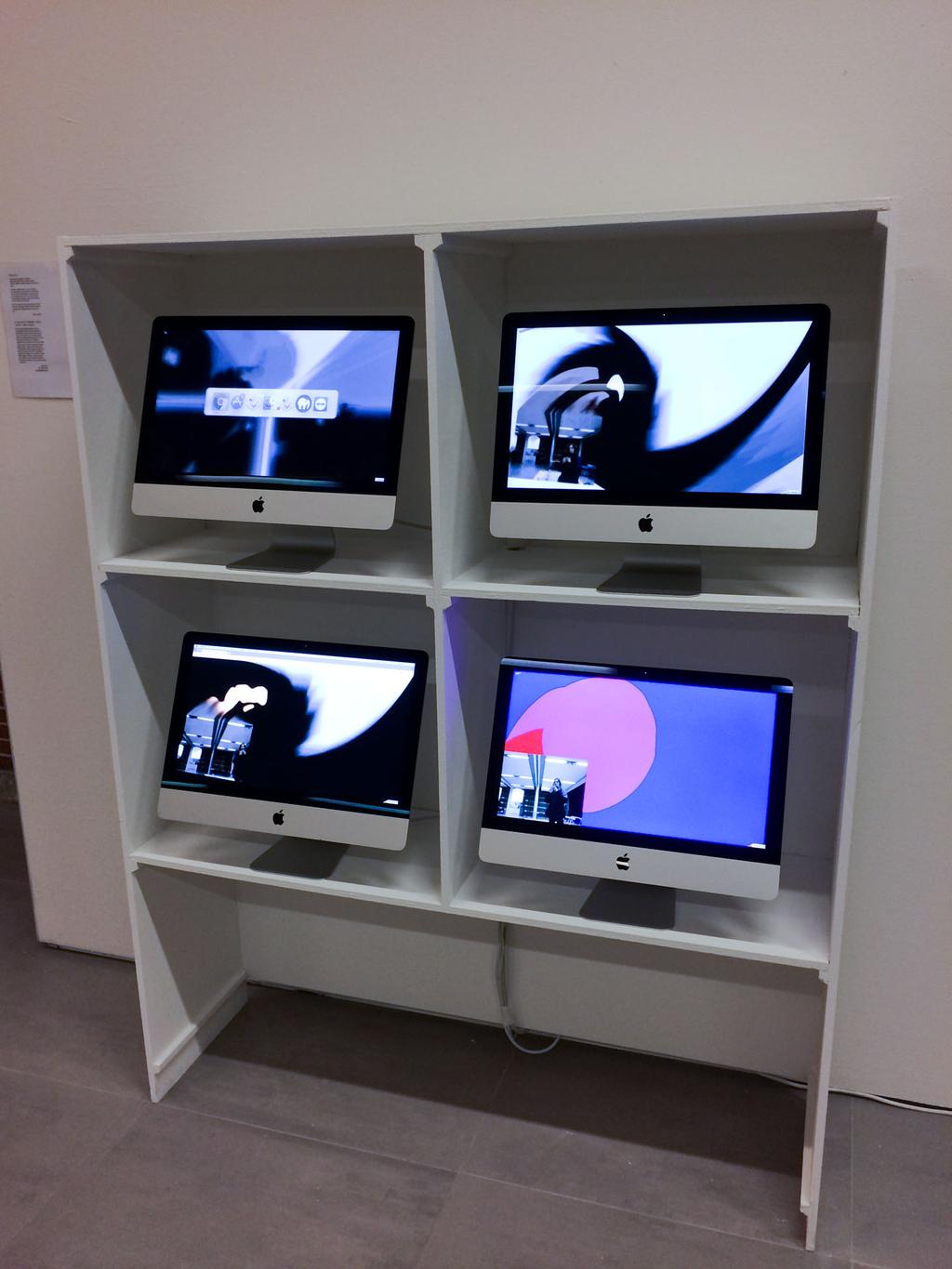
Because panarchy easily get’s really big, it becomes hard to get a grip on it. To have an overview and see the ripple effect small actions can have, I made this work. When you look at it you should be able to follow the dynamics. But the other way around is not so easy. I started out with very small systems, where only a slight mutation happens between each frame. For example, shifting the image 1 pixel to the right. Or applying a small amount of compression. The more iterations I made, the more I mutated the image. And eventually added scripted interruptions from the operating system and I allowed human input via the webcam. Because surely you’re part of panarchy and you can have an influence.
Finally, here I was building up the installation at the Let’s Gro festival in Groningen. I put two systems in front of each other, so they could influence each other via the webcam.
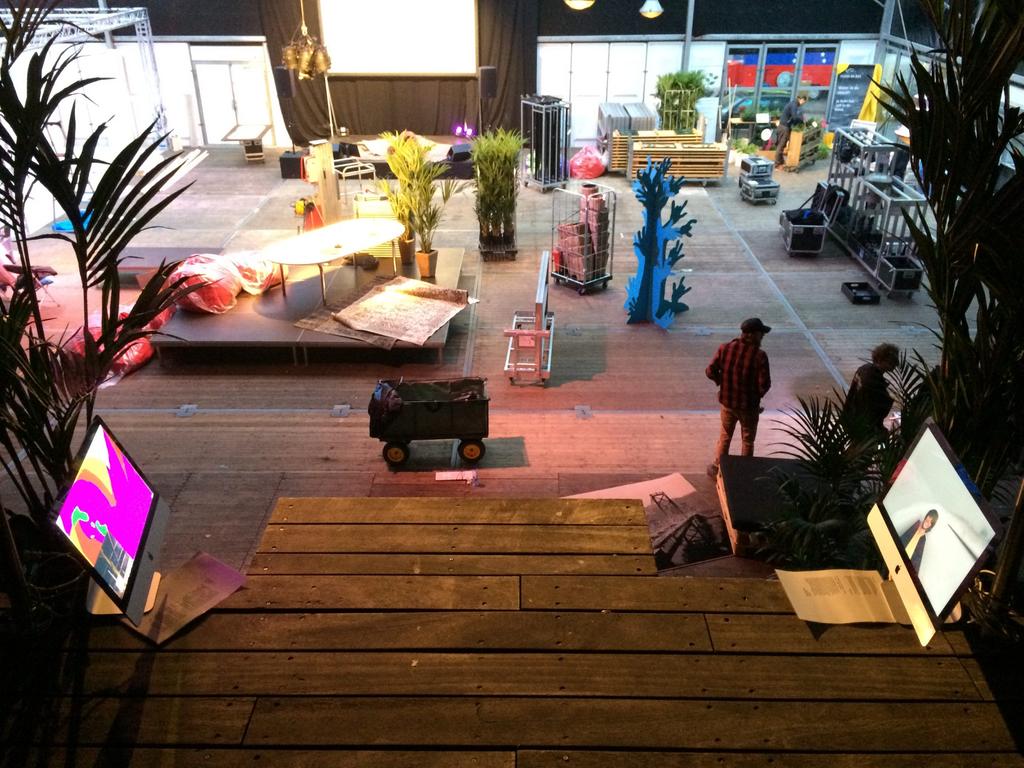
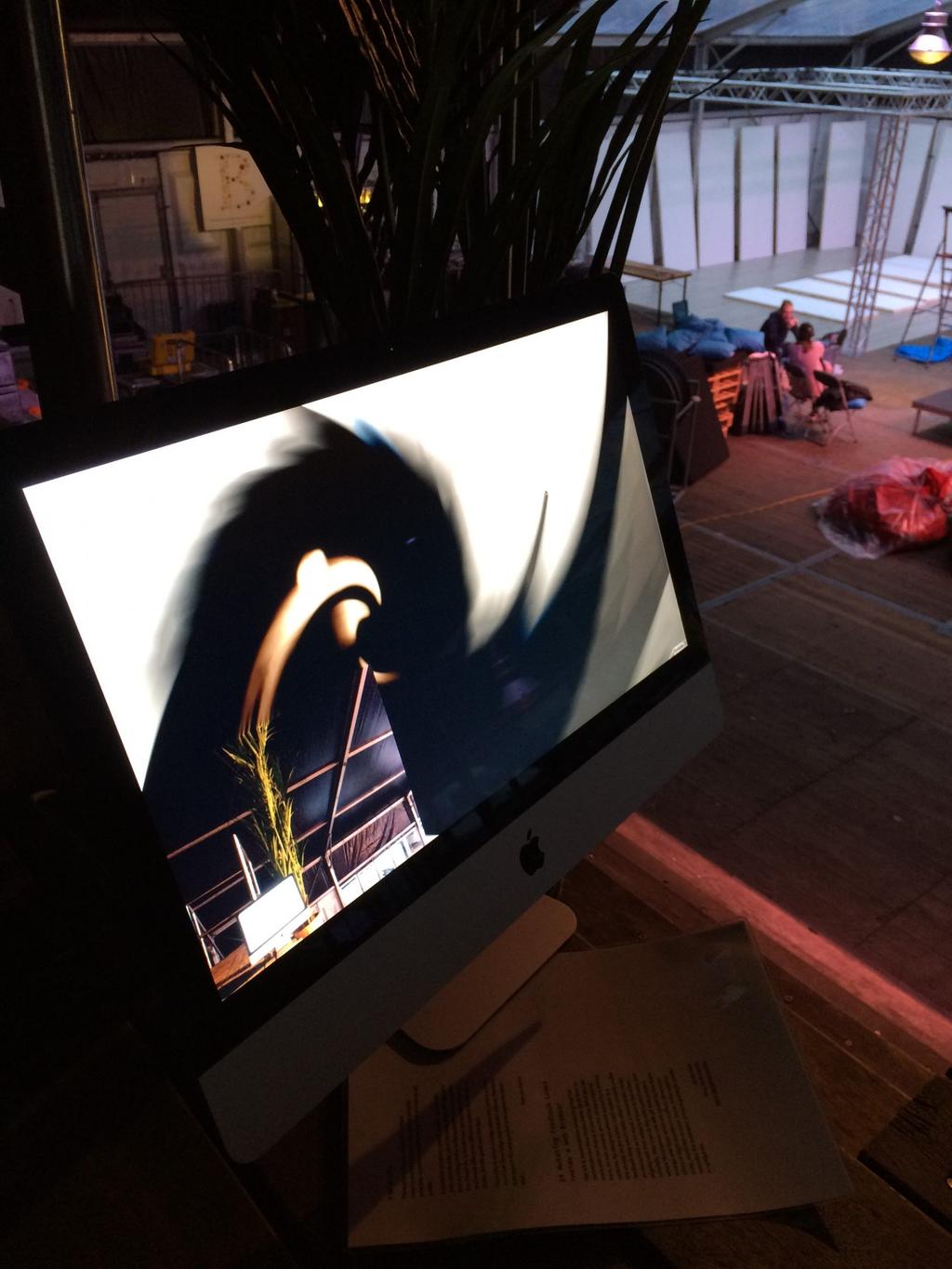
This work is currently being submitted to a conference in Greenland. Hopefully for that event I’ll be able to work out the other plan as well.



